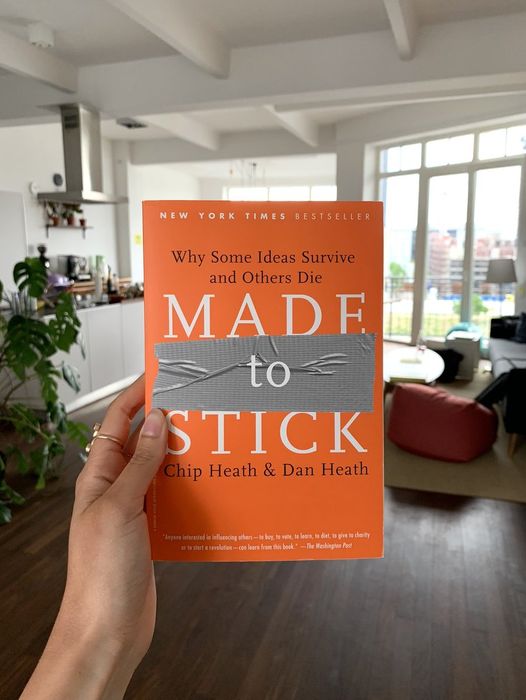In their insightful book "Made to Stick: Why Some Ideas Survive and Others Die," Chip and Dan Heath delve into the science of sticky ideas, exploring the factors that make certain messages resonate and endure while others fade into oblivion. The book offers valuable insights for anyone seeking to communicate effectively and make their ideas stick.
Here are 10 lessons from "Made to Stick":
1. The Simplicity Principle: Complex ideas often get lost in translation. To make ideas stick, simplify them into their core essence, focusing on the most important elements.
2. The Unexpected Principle: People are drawn to novelty and surprise. To make ideas stick, introduce elements of surprise or unexpectedness that capture attention and pique curiosity.
3. The Concreteness Principle: Abstract ideas can be difficult to grasp. To make ideas stick, ground them in concrete examples, stories, and metaphors that make them relatable and tangible.
4. The Credibility Principle: People are more likely to accept ideas from credible sources. To make ideas stick, establish your credibility by demonstrating expertise, trustworthiness, and relevance.
5. The Emotion Principle: Emotions can have a powerful impact on memory and persuasion. To make ideas stick, connect them to emotions that resonate with your audience.
6. The Stories Principle: Stories are powerful tools for conveying ideas and values. To make ideas stick, weave them into compelling narratives that engage your audience's imagination.
7. The Surprise Principle: Surprise can jolt the mind out of its routine patterns, making ideas more memorable. To make ideas stick, incorporate elements of surprise or unexpectedness that capture attention and break through mental barriers.
8. The Curiosity Principle: Curiosity drives people to seek out information and engage with ideas. To make ideas stick, create curiosity gaps that pique their interest and motivate them to learn more.
9. The Action Principle: Ideas that inspire action are more likely to stick. To make ideas stick, provide clear and actionable steps that encourage people to apply the concepts in their own lives.
10. The Resonance Principle: Ideas that resonate with people's existing beliefs and values are more likely to stick. To make ideas stick, connect them to the deep-seated beliefs and values of your audience.
By incorporating these principles into your communication, you can increase the likelihood of your ideas sticking with your audience, leaving a lasting impact and driving positive change.




